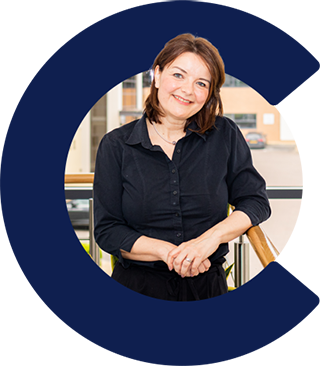At CFG, we’ve always believed in making recovery support more human, more accessible, and more empowering, not just for those living with injury, but also for their families, friends, and caregivers.
That’s why we’re excited to share that our Lived Experience content has now moved to the Community Compass app, a free, easy-to-use tool created to support people navigating brain injury, spinal injury, bereavement, or trauma.
Whether you’ve been following our weekly support tips, lived stories, or just looking for motivation to get through the day, it’s all there — and now easier to access than ever.
Why the Move?
Because you deserve a space that brings everything together.
Community Compass puts expert advice, practical resources, and real stories from real people all in one place — available whenever you need it, right from your phone or tablet.
It’s more than just content. It’s a tool to help you:
Feel supported
Stay organised
Find inspiration
Connect with others
Take small steps, every day
What You’ll Discover in the App
- Lived Experience Stories – Read and learn from people who’ve walked a similar path, sharing what’s helped them most through recovery.
- Weekly Support Schedules – Join in with themed days like Motivation Monday, Wellness Wednesday, and Support Saturday, designed to keep you inspired and connected each week.
- Practical Tips and Resources – From nutrition, sleep, and mindfulness to home adaptations and pain management, discover simple, effective advice you can apply day to day.
- Emotional Wellbeing Support – Access self-care guidance, coping strategies, and journaling prompts to help manage stress, anxiety, or grief.
- Community Engagement – Reflect, share, and connect through posts and questions that encourage open conversation and peer support.
We created Community Compass to take the pressure off. Because recovery, grief, and adjustment aren’t one-size-fits-all — and you shouldn’t have to scroll through a dozen platforms to find something that resonates.
Whether you’re just starting out or rebuilding long-term, the app grows with you.
Join Our Community
Download the Community Compass app today and take your next step toward empowerment, connection, and hope.
Available now on:
Or visit www.community-compass.co.uk to learn more.

CFG










Leave a comment: